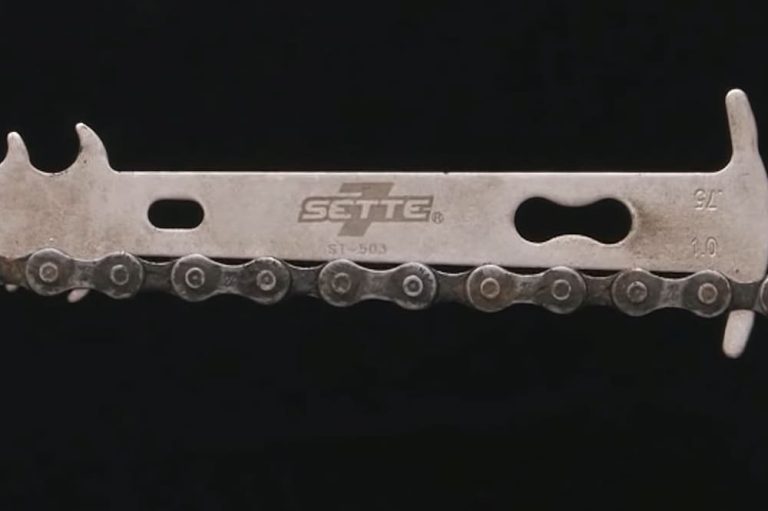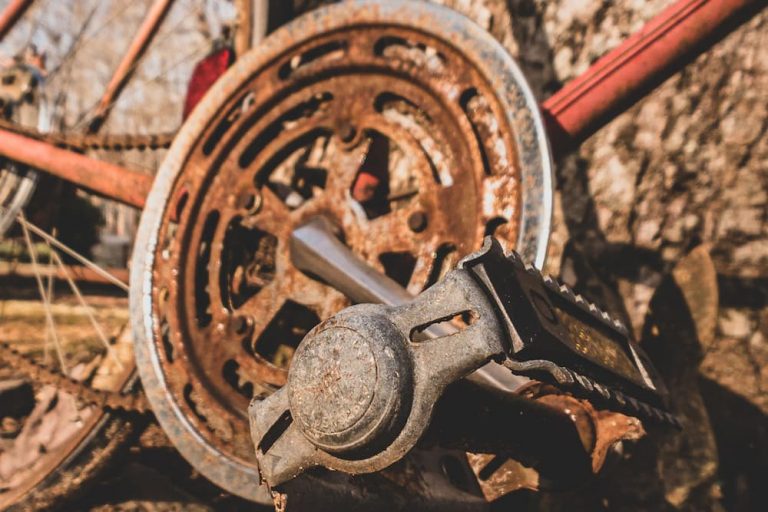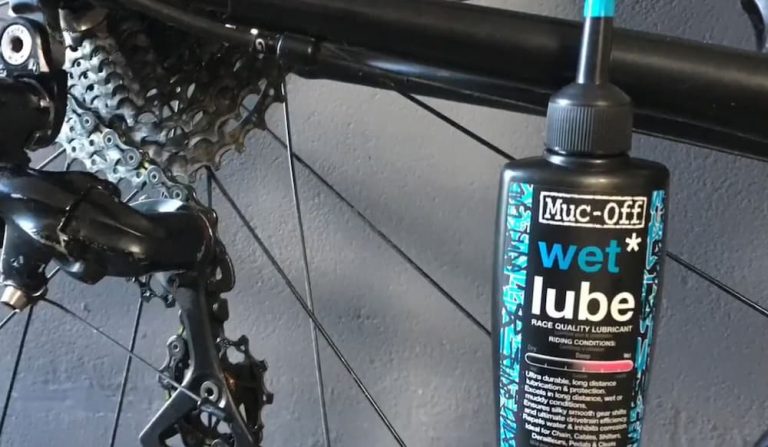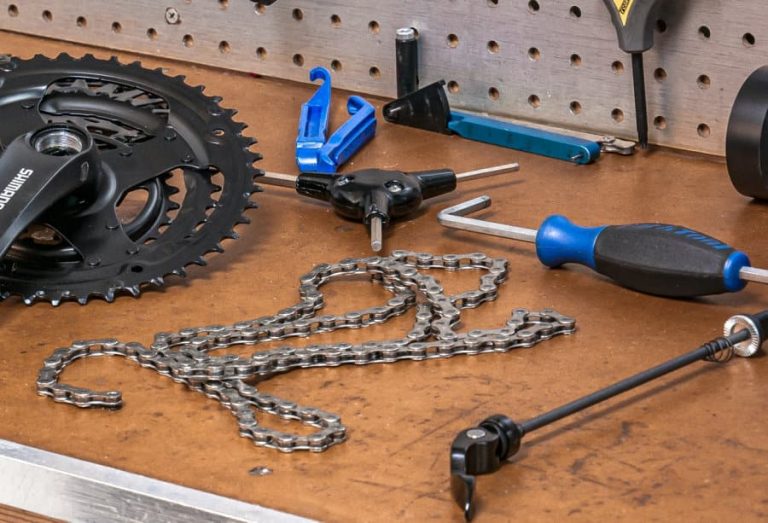Can You Use WD40 On A Bike Chain?
As an avid cyclist, I’ve encountered a question that stumps many in our community – the worry about using WD40 on a bike chain. It’s a dilemma that’s as common as it is confusing. Many of us are left guessing about the best way to maintain our bike chains, often resorting to trial and error.
The uncertainty can be frustrating. You might have heard conflicting advice or even experienced the consequences of using the wrong product. It’s not just about keeping your chain looking good – the right choice can dramatically affect your bicycle’s performance and longevity.
In this article, I’ll provide clarity on this topic. Drawing from extensive research and hands-on experience, I’ll explore whether WD40 is a friend or foe to your bike chain. You’ll learn about its properties, how it interacts with different chain types, and the best practices for chain maintenance. By the end of this article, you’ll have a clear understanding and practical guidance on using WD40 for your bicycle chain.
Contents
- Is WD40 a Suitable Choice for Bike Chains?
- The History and Composition of WD40
- What Does WD40 Manufacturer Say?
- The Case Against It
- WD40’s Chemical Properties Compared to Regular Hydrocarbons
- Effects of WD40 on Bike Chain Performance
- What Do the Mechanics Think About WD 40?
- WD40: A Temporary Fix and Alternative Solutions
- Exploring WD40’s 3-in-1 Multipurpose Oil for Bikes
- The Case For It
- Evaluating WD40’s Cleaning Efficiency for Bike Chains
- How Many Times Do I Have to Use It?
- Important Considerations When Using WD40 on Chains
- How to Apply the WD40 To Clean Your Bike Chain?
- Why Do I Need Weather Oil?
- Things You Should Follow While Applying the Oil
- Frequently Asked Questions
- Conclusion
Is WD40 a Suitable Choice for Bike Chains?
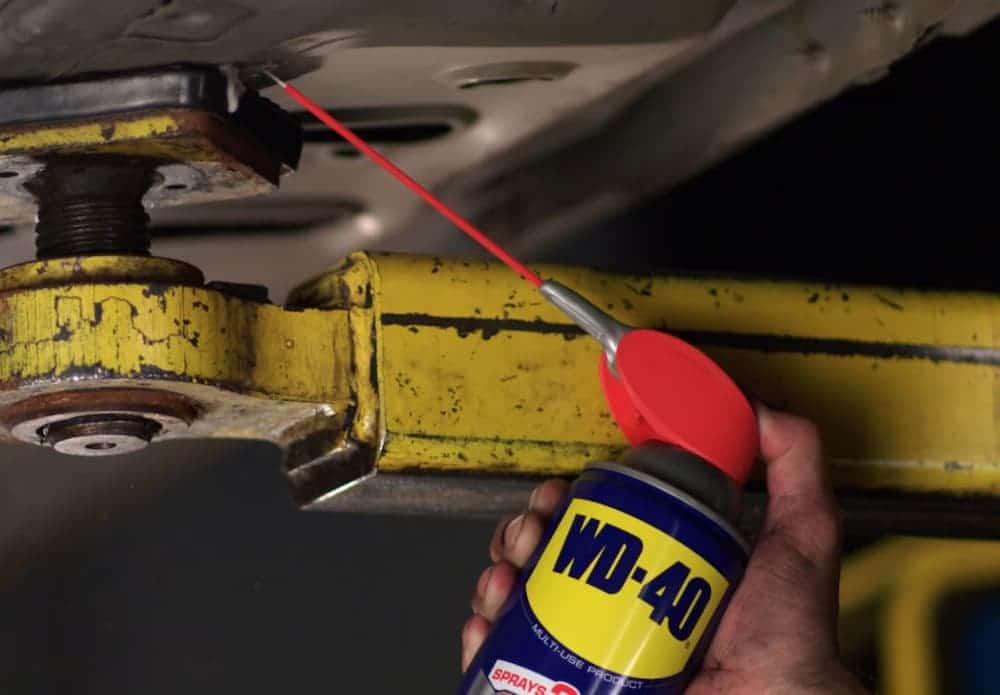
Yes, WD40 can be used on bike chains because it is an excellent cleaner. WD40 will clean better than cleaning oils. After using the WD40, just ensure you wipe down the chain and apply a fresh coating of a proper lubricant, as WD40 will dry up the chain.
The History and Composition of WD40
It may come as a shock to you, but WD40 was invented during the Cold War. People at the time were struggling with skin issues of the atlas missile of the United States armed forces.
On his 40th attempt, Iver Norman Lawson created the now-famous lubricant in 1953 to ensure the skin does not peel off.
The original formula remains a secret. It’s a mixture of different hydrocarbons. It became for mass people in 1958. Since then, the oil has become a household name used for various purposes such as rust prevention agent, cleaner, gear oil, lubricant, gun oil, and much more. It’s also used to remove stains from the car’s vinyl.
Related reading: Can You Use WD40 On Bike Brakes?
What Does WD40 Manufacturer Say?
The manufacturer’s website reiterates that WD40 is not a grease product as it does not act as an oil. Instead, it is a formulation of many hydrocarbons and other organic/ inorganic compounds. It says that you can use it for bike maintenance with no confusion.
It further adds that WD40 does not attract dirt or undesirables to the bike chain’s surface. It just cautions to wipe off any excess WD40 oil.
The Case Against It
Many cyclists opt not to use the WD40 to clean their bike chains. From our experience, we must emphasize that WD40 is not a lubricant.
Read more: How To Clean Bike Chain?
From a scientific point of view, the chromatography examination reveals that even though WD40 is made up of different lubricants, it does not act like one. Neither has the chemical ability like other hydrocarbons. It works more like a degreaser. One way you can sum up it ideally is that WD40 is an after-market degreaser on steroids.
WD40’s Chemical Properties Compared to Regular Hydrocarbons
It does not gel well with drive shifters or gear paddles because it is no regular hydrocarbon. The gear’s rapid movements in mountain and track bikes mean that the degreaser, such as WD40 is rendered completely ineffective in such situations. WD40’s primary function is that it’s a rust-preventive agent for metal surfaces.
WD40 is a solvent. It can dissolve undesirable pollutants, contaminants, and other dirt as a solvent. This means the surface will get cleaner and glossy; however, this also has a downside.
Effects of WD40 on Bike Chain Performance
Applying the WD40 will wash away any existing lubricant you have used. As a result, your chain will be much drier exposing it to malfunction and other types of problems.
Some even think it’s best to use no lubricants rather than use WD40. In their words, it creates more troubles than solves them. The cons far outweigh the pros.
What Do the Mechanics Think About WD 40?
Some mechanics in their service stations all over the United States of America use WD40 not as a lubricant but instead as a degreaser in the first step of the rust prevention process.
However, they say soap water is often the simplest and best way to degrade. Previously, they want you to apply a fresh coat of lubricant to the chain.
In their opinion editorials, mechanics say that if you use a WD40 as a solvent or a degreaser, it’s probably fine; however, leaving your bicycle chain clean, glossy, shiny, and nice-looking comes with a cost.
Repeated use of WD40 will make the chain attract all kinds of undesirable specks of dirt and waste. It will damage your chain sooner or later. The gear transition will not be as smooth. The chains will not sync as they used to. There will be an increase in friction coefficient in the gear chain.
WD40: A Temporary Fix and Alternative Solutions
The bike mechanics approve the WD40 as a short time solution, but they don’t recommend it as a permanent feature in your bicycle maintenance. WD40 company does have a product purpose-built for the bikes. But it has not gained much traction with the people due to it being largely ineffective in cleaning the bike chain.
Exploring WD40’s 3-in-1 Multipurpose Oil for Bikes
However, there is a product called WD40 3-In-One Multi-Purpose Oil. The 3-In-One Multi-Purpose Oil will provide enough suitable friction between the chains of your bike. It will protect against any wear and tear, too. Moreover, it will keep the bike chain shiny, glossy, and new.
The product was first brought into the market in 1894. But 101 years later, the WD40 company bought the formula and started marketing it. Still, some professional cyclists and MTBers are hesitant to use the 3 in 1 multipurpose oil.
However, experts in the field of power loss and friction say that the lubricant is shown better accolades than any average lubricant and can even outperform special lubricants for bikes.
The Case For It
On the contrary, we have seen instances where using the WD40 on their bike chains brings good results. On our trips to the garage, we have also been told that the WD40 does not benefit the chain. Some have said to him that the WD40 is not an actual lubricant. And worst of them all that putting WD40 will damage his bike chain.
All of these claims are not always true. Many cyclists who use WD40 on their bike chains have managed to increase their life spans. We have seen anecdotal evidence to back up the claim.
Evaluating WD40’s Cleaning Efficiency for Bike Chains
A point to be noted is that regular bike chain oil will not clean the chains as a WD40 would. From our research results, we can say the cleaning abilities of the WD40 are unmatched. A chain that has been cleaned with the WD40 runs and functions much smoother than a chain cleaned with a regular oils.
From comparing both chains, we have concluded that a dried clean chain will outperform a dirty, oily black chain on any given day.
Additionally, the chain will not always dry up when using the WD40, depending upon the components of the chain. We can reassure you of the fact that WD40 can be used to clean your chain if you use it wisely.
How Many Times Do I Have to Use It?
We have found that WD40 can provide smooth performance for 8-12 seamless hours of mountain biking on your voyages. Therefore, you have to re-apply it only after about four rides. If you are a seasoned cyclist, the noise of a dry chain is instantly recognizable.
When this does happen, spray it properly, wipe the chain with a rag, and again, you’re good to go.
Important Considerations When Using WD40 on Chains
However, everything is not all rosy. There are two things you should keep in mind. They are-
- Never apply the WD40 in or near the brakes, caliper, hub, rim, or rotor bearings. The WD40 will do significant damage to those parts. You don’t have to go all gloves off mode with the spray on your bike. Just use it in limited cycles and adequately. Do not try to be trigger happy and let the spray trickle down to the other chain parts after applying.
- We advise against the use of WD40 in the rear pulleys if they are sealed off with bearings. If you do so, the mechanism of the rear pulley will not function. As a result, your bike will be unfit to ride.
How to Apply the WD40 To Clean Your Bike Chain?
First thing is first, you need to wear nitryl rubber gloves for your safety. With the following method, you can use the WD40 to clean your bicycle’s chain. Also, with this method, you would be able to increase your bike’s chains, derailer, and gear life span.
Trying a Regular Paper Towel
Flip the bicycles over with the chains and the cranks facing your way. Grab a regular paper towel for a simple illustration.
Rotate the paddle manually with your hands. As you are moving the paddle, the chain also moves. Simultaneously, the chain is moving, hold the towel and bring it in contact with your chain.
You will see that dirt is coming off, but it is nowhere near enough. Very little will come off when you clean it with a simple paper towel.
Trying it Now with WD40
Now put the WD40 on the paper towel. Spray just a little bit on the towel. Don’t blow it out of proportion, or else it will not be as effective as you want it to be.
After you sweep through the paper, slowly rotate the chain and use your hands to rub the chain simultaneously. You will see the difference. The WD40 will drive out the oil, but it will also clean the chain. It will remove all the junk. You will see the difference when you used the towel soaked with WD40.
Finishing Touch
Keep doing the clean pass for about 5 minutes. After you are done with this part, use a dry patch of towel to remove everything from WD40 and all the rest of the specks of dirt.
For finishing a wet weather thick oil. Lube the chain with a few drops at specific points and keep rotating the gears. The goal here is that you don’t want to hear any squawky sounds and other disturbing elements. You have to make sure you don’t hear any grinding noise.
Why Do I Need Weather Oil?
The oil will make the gears run and switch well and make the chain free of noise. It will also not let the chain dry up. Remember not to use too much. Too much oil will attract dirt germs and all other kinds of undesirables. It will gather up all the dust causing abrasion. It will wear down and tear the chain mechanism; however, just clean or wipe your chain if you do.
Things You Should Follow While Applying the Oil
Make sure while cleaning, the best way is to shake the can. Slowly apply it the all the links of the chain. Go around a couple of times. That should be more than enough. Try to mark a link to keep track of how many rounds you have applied. After applying the WD40 and the finishing touch, let it sit for a single night. It will penetrate the links.
Frequently Asked Questions
Can WD40 prevent rust on bike chains?
Yes, WD40 can help prevent rust on bike chains. Its formulation, primarily a rust preventative, helps protect metal surfaces from moisture and oxidation. However, for long-term rust protection, it’s advisable to use a product specifically designed for bike chains after cleaning with WD40.
How often should I use WD40 on my bike chain?
WD40 should be used primarily for cleaning purposes. It’s good to apply it when you notice significant dirt buildup. Remember, after using WD40, always follow up with a proper chain lubricant. For regular maintenance, a dedicated bike chain lubricant is a better choice.
Is WD40 safe for all types of bike chains?
WD40 is generally safe for most types of bike chains, but caution is advised for chains with special coatings or materials. Always check the manufacturer’s recommendations for your specific chain type to ensure compatibility with WD40.
Conclusion
In this exploration of using WD40 on a bike chain, we’ve unraveled some crucial facets.
Firstly, WD40 excels as a cleaner, effortlessly removing grime and dirt. However, it’s crucial to remember it’s not a lubricant. My experiences affirm that while WD40 cleans effectively, it must be followed by proper lubrication to avoid damaging the chain.
The debate around WD40’s suitability for bike chains has multiple layers. It’s an excellent short-term solution for cleaning, but relying on it solely for lubrication is a misstep. The key takeaway is to use it as part of a broader maintenance routine.
Related Articles


